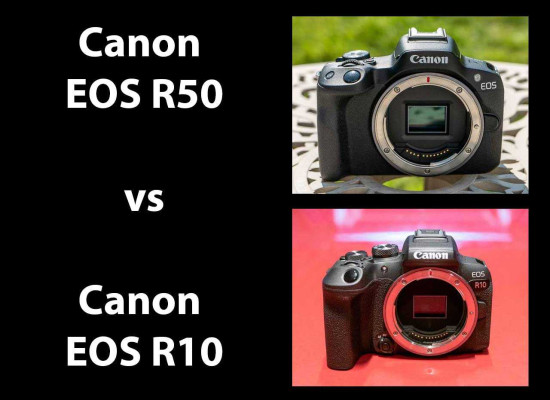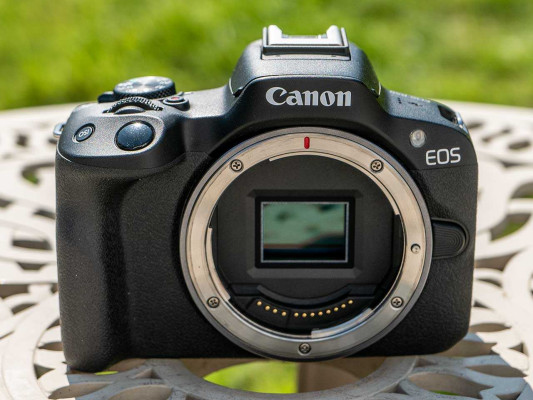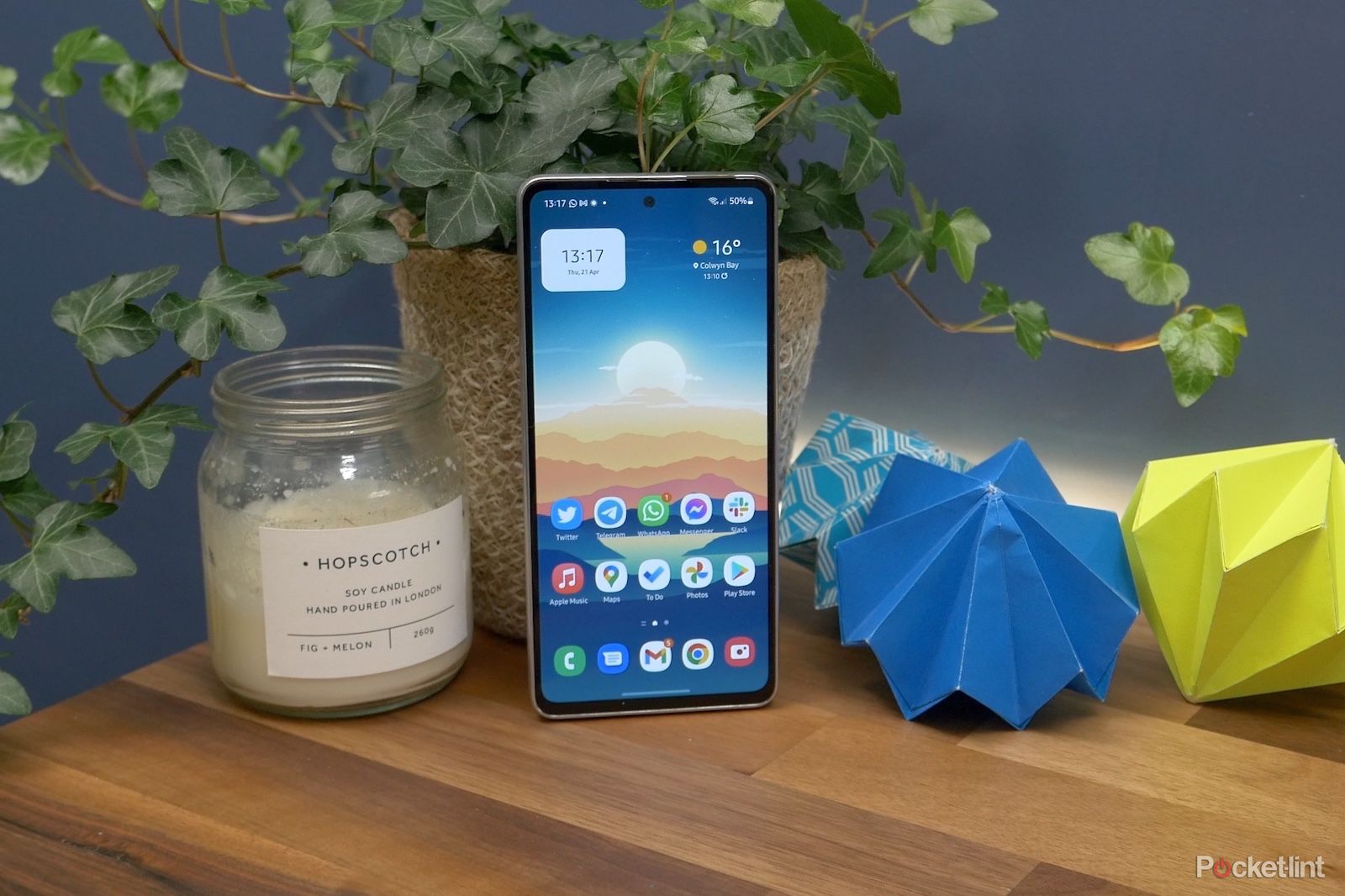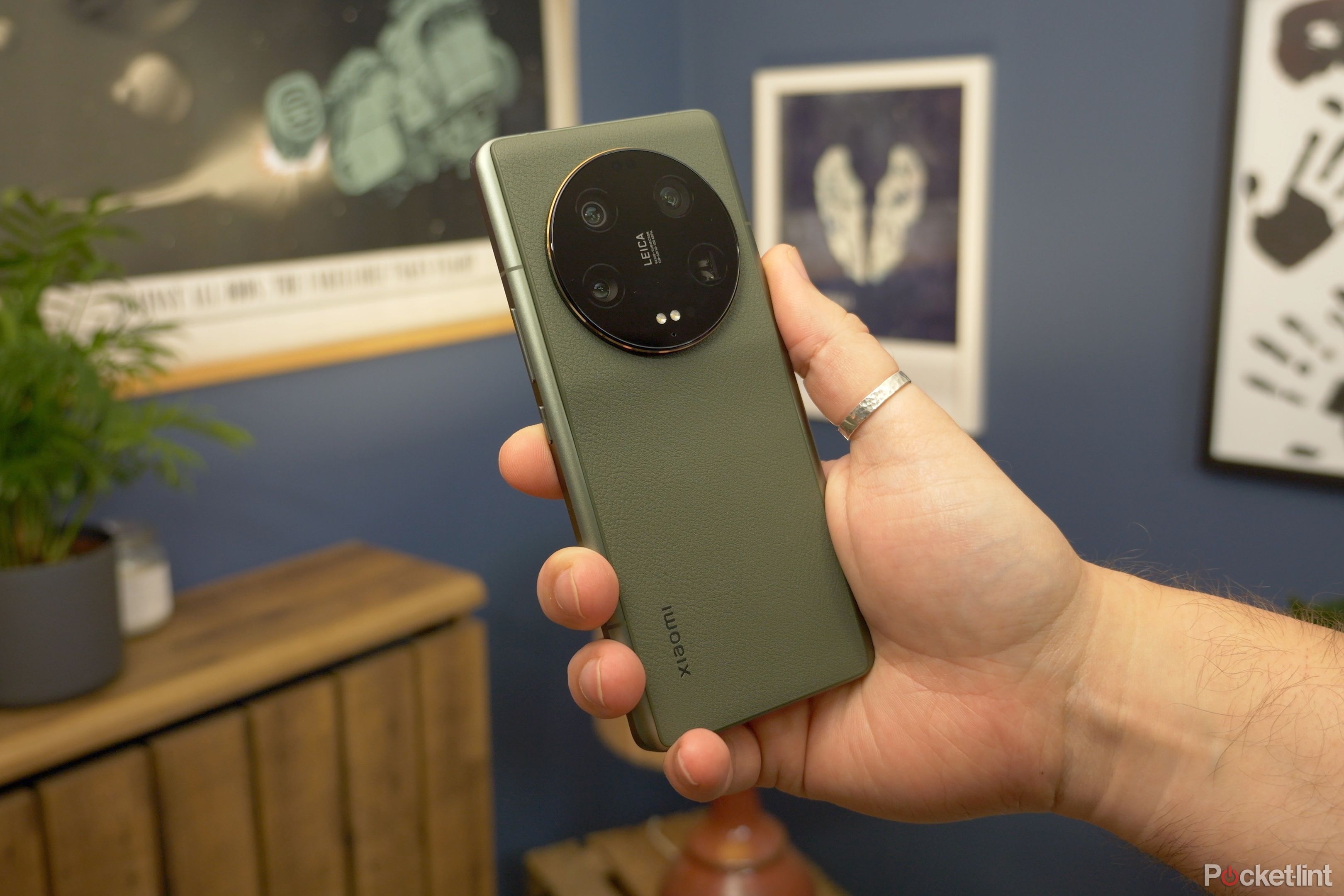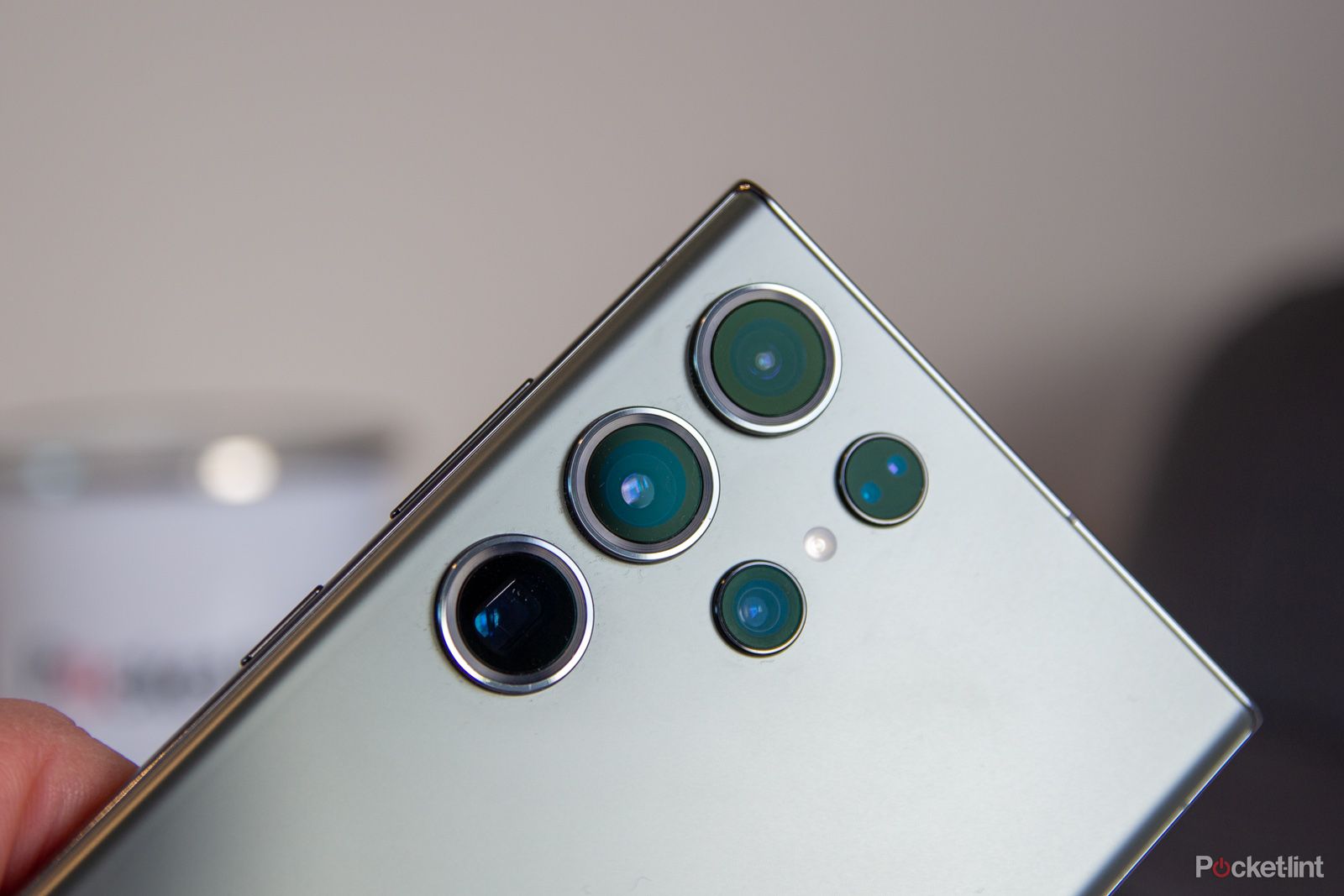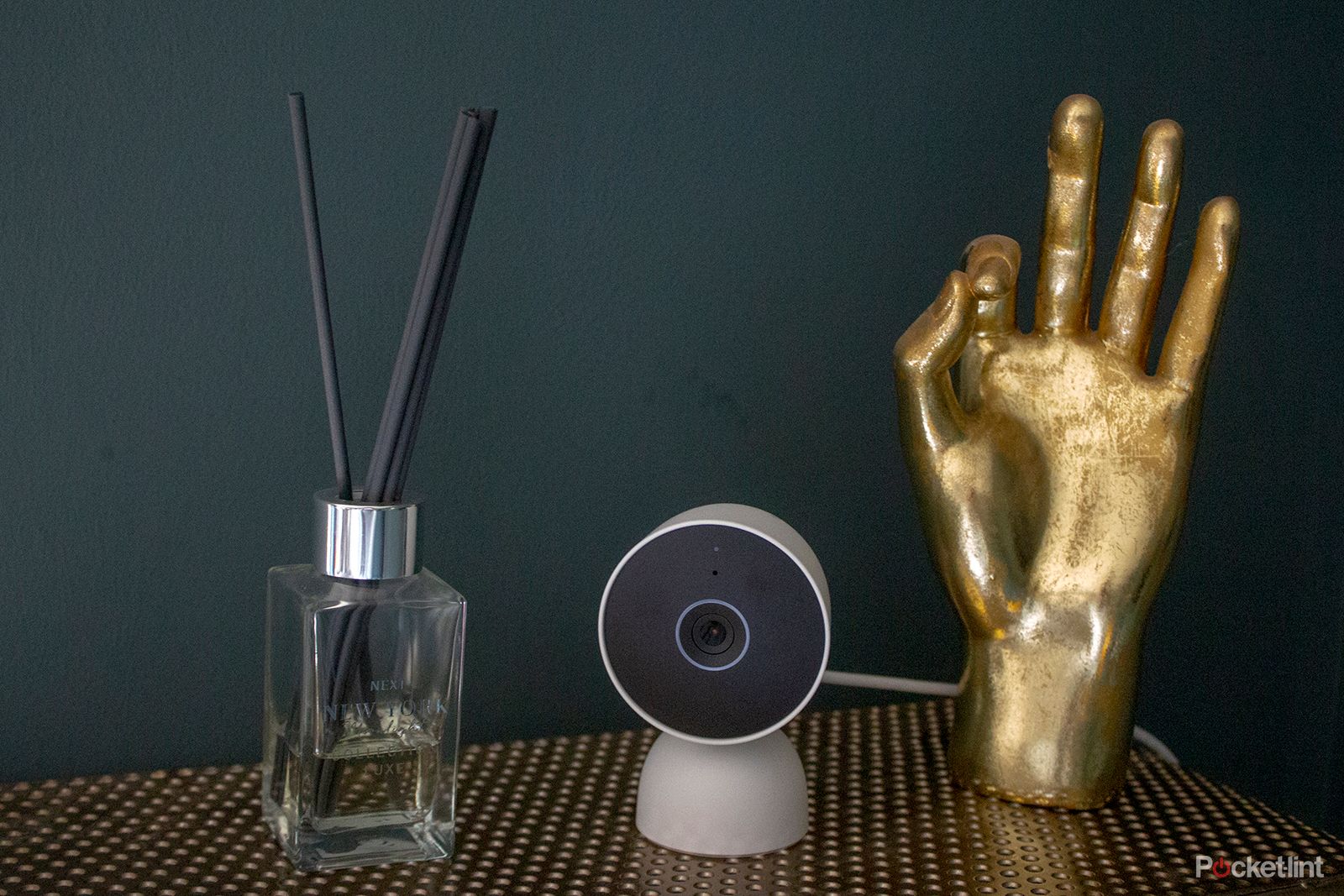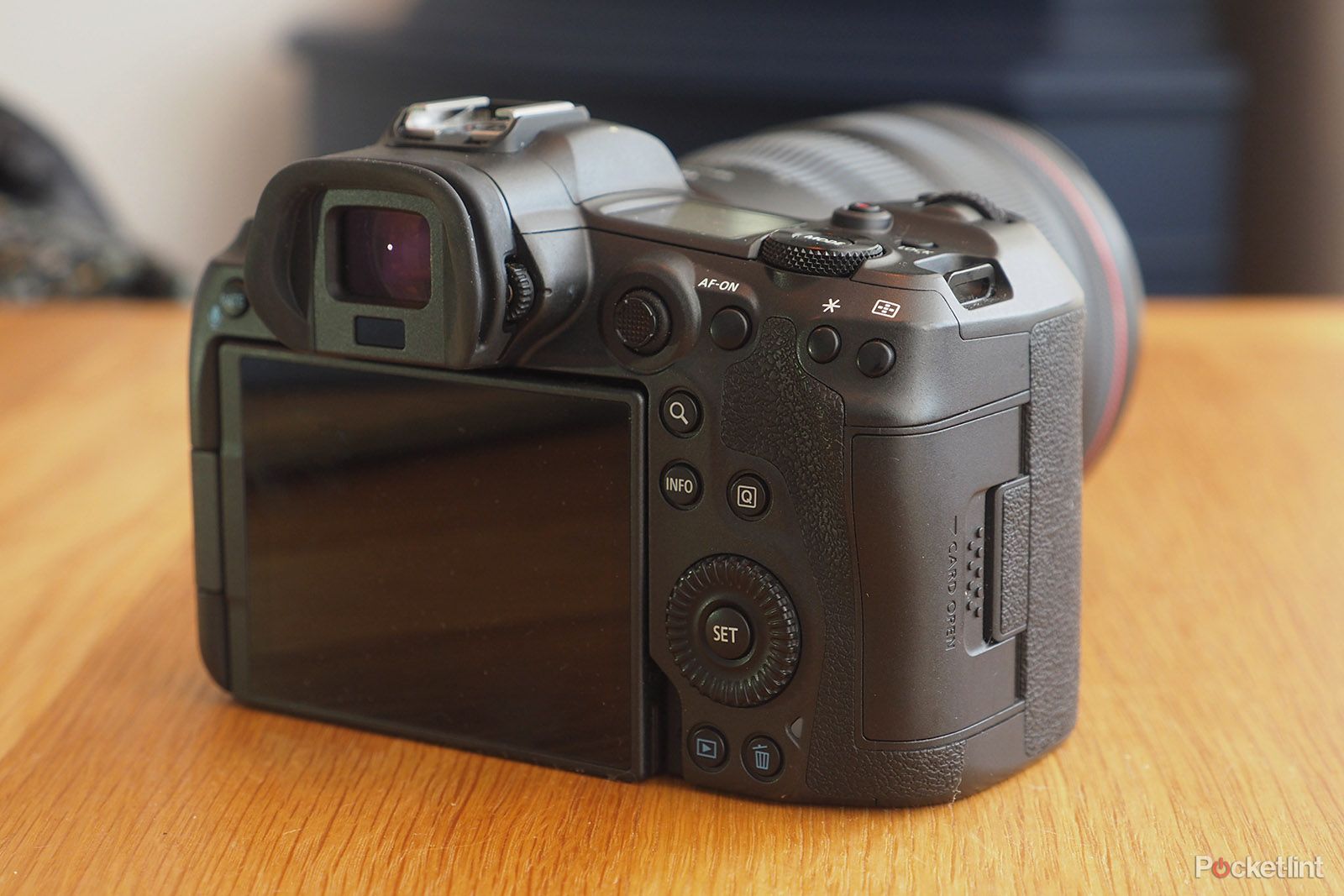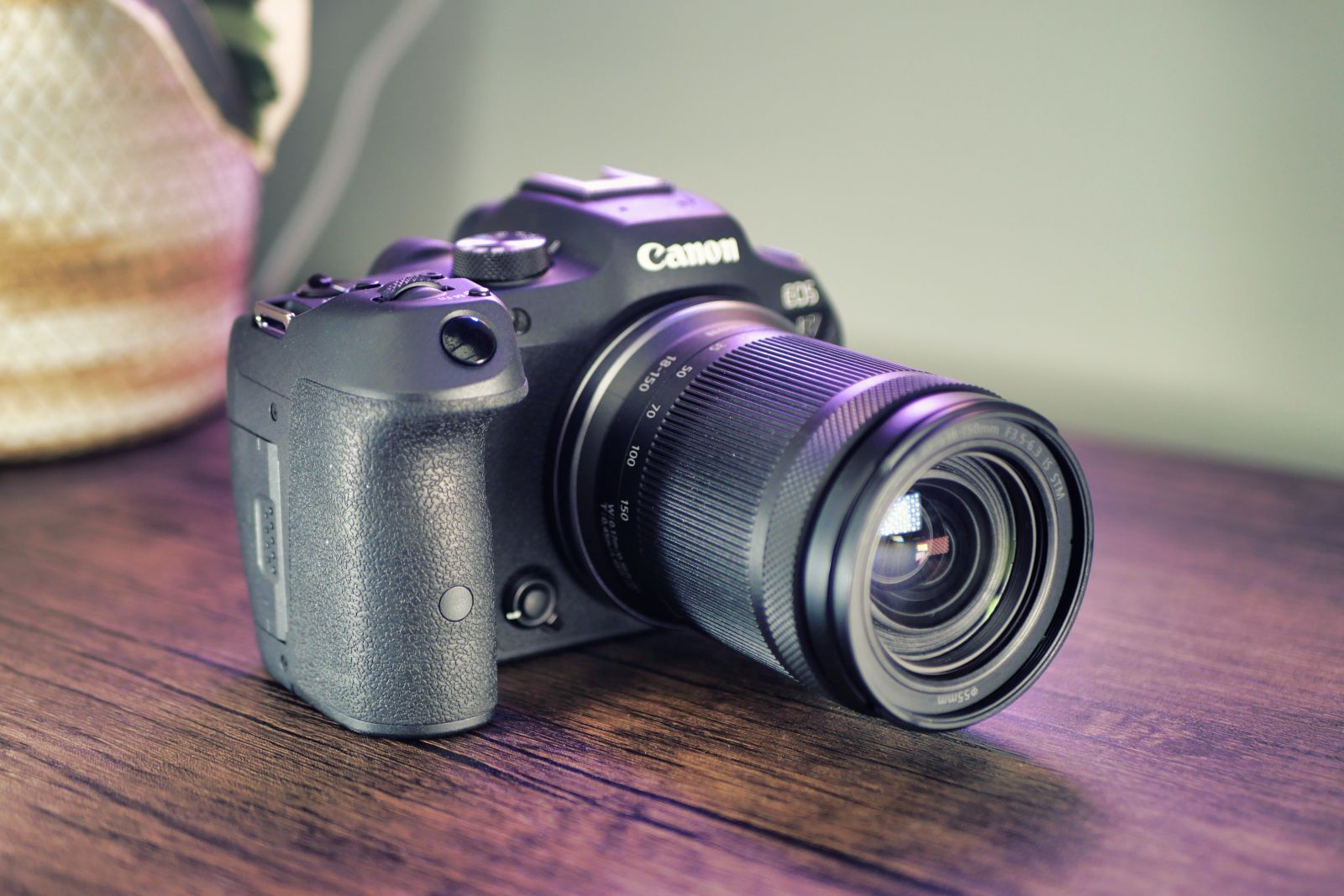Reviews

Canon EOS R10 review
DPReview Latest |
Canon’s EOS R10 brings a sub-$1000 entry-level 24MP APS-C camera to its mirrorless RF lineup, hoping to entice a new generation of photographers and videographers to ditch the smartphone in favor of greater creative control over exposure, focal lengths and burst rates in their image making.
The R10 is for the weekend traveler who wants a throw-in-the-bag and it-just-works camera, the family gatherings documentarian who wants to be ready for the video of their kids playing in the park as well as the family portrait with the grandparents, the vlogger who wants to create selfies and videos at arms length, and the beginner who wants to start learning with manual controls.
Key Specifications
- 24MP APS-C CMOS sensor with Dual Pixel AF
- Up to 23fps shooting (15 with mech shutter)
- Oversampled 4K up to 30p, 4K/60p with crop
- True HDR video as 10-bit 'PQ' footage
- 2.36M dot OLED viewfinder
- 1.04M dot fully-articulating rear touchscreen
- Single UHS-II SD slot
- Built-in pop-up flash
The EOS R10 is available body-only for a recommended selling price of $979. Kit options include bundles with the compact, collapsible 18-45mm F4.5-6.3 IS STM for $1099 or with the 18-150mm F3.5-6.3 IS STM for around $1379.
Jump to:
What is it, what's new | How it compares | Body, handling & controls |Image quality | Autofocus | Video | Conclusion | Sample Galleries | Specifications
What is it, what's new
Sensor
 |
Canon says the sensor is a new chip it’s never used before, but has not given any details of how it's changed. We know of instances in the past where Canon has squeezed a bit more out of an existing design by moving to a new production line that uses a finer process scale (higher precision fabrication of the circuitry), but we'll have to wait to see how the sensor works in practice.
The R10 offers faster video than before, though, which suggests faster readout, greater processing power or, more likely, a combination of both. This faster readout will, in turn, help towards autofocus performance.
Automated modes
The R10 has a series of automated modes to support the photographer. These are a mixture of original ideas and options we've seen on other brands' cameras.
For instance, there's a focus stacking mode, which shoots a series of images with slight focus shifts between each one, then combines them to form a single image with everything in focus (especially valuable for close-up work). The camera lets you shoot Raw files for the individual shots but, as you might expect, only provides a JPEG version of the merged image.
There's also a panorama mode, that shoots multiple images as you pan the camera, then merges them into a single, long image.
Beyond the multi-shot modes are interesting options such as a panning mode, for giving a blurred background as you pan the camera to match a moving subject. The camera will detect how quickly you're panning and automatically choose a shutter speed that will give you a motion-blurred background while also giving you a good chance of keeping your moving subject nice and sharp.
True HDR stills
As we've seen on the EOS R6, R5 and R7, the R10 can shoot 10-bit HEIF files using the HDR 'PQ' curve. These shoot wider dynamic range images that you can show in a realistic manner by connecting the camera to a high dynamic range display or TV.
How it compares
The R10 sits just below $1000, or a little over if you add a kit zoom. This represents a lower/mid level category for interchangeable lens cameras that increasingly includes mid-level features such as advanced autofocus systems, but without the higher-resolution viewfinders and sophisticated video options of more expensive models. The newer, simpler EOS R50 sits in a category below this, some $300 cheaper.
To see how the R10 stacks up to the competition, we've gathered the Fujifilm X-S10, Nikon Z fc and the Sony a6400, three entry-level interchangeable-lens hybrid mirrorless cameras that also have APS-C sensors and land near the $1000 price point.
Each of these cameras is purpose-built for beginner to intermediate photographers who want a capable body that's quick to pick up and tool around with, and who may not need or miss the advanced video and audio features of higher-priced hybrid mirrorless cameras. (Side note: we considered including the Olympus OM-D E-M10 Mark IV, but ultimately decided not to, as it's not APS-C or near the R10's $979 MSRP.)
| Canon EOS R10 | Fujifilm X-S10 | Nikon Z fc | Sony a6400 | |
|---|---|---|---|---|
| MSRP (at launch) | $979 | $999 | $960 | $900 |
| Pixel count | 24MP | 26MP | 20MP | 24MP |
| Sensor tech | FSI-CMOS (Dual Pixel) |
BSI CMOS (X-Trans) | FSI-CMOS | BSI-CMOS |
| Image stabilization | No |
IBIS |
No | No |
| Max frame rate | 15fps (mech) 23fps (e-shutter) |
8fps (mech) 20fps (e-shutter) |
11 fps (12-bit Raw) 9 fps (14-bit) |
11fps (mech), 8fps (e-shutter) |
| Viewfinder res / mag | 2.36M dot 0.59x |
2.36M-dot 0.62x |
2.36M-dot / 0.68x |
2.36M dot 0.71x |
| Rear screen res / type | 3.0" / 1.04M dot fully-articulated |
3.0" / 1.04M-dot fully-articulated |
1.04M-dot fully-articulating |
3.0" / 921k dot tilting touchscreen |
| Video | UHD/30p full-width UHD/60p from 1.56x crop | DCI or UHD 4K up to 30p full-width | UHD 30p/24p full-width |
UHD 24p full width, 30p with 1.22x crop |
| 10-bit video options | HDR PQ | F-Log (8-bit internal, 10-bit over HDMI) |
No | No |
| Mic / Headphone sockets? | Yes / No | Yes / Yes (with adapter) | Yes / No | Yes / No |
| Battery rating (LCD / EVF) | 350 / 210 | 325 / unspecified | 360 / 310 | 410 / 360 |
| Weight | 426g (15oz) | 465g (16.4oz) | 445g (15.7oz) | 403 g (14.2oz) |
| Dimensions | 126 x 88 x 83 mm | 118 x 83 x 47 mm | 135 x 94 x 44 mm | 120 x 67 x 60 mm (4.72 x 2.64 x 2.36") |
The R10 makes a strong case against its competitors, excelling with a higher burst rate, 10-bit HDR video and being the first to bring 4K/60p to a camera under $1000. What can't be captured in this table is that its AF tracking (in photo mode) is also significantly better than the Fujifilm or Nikon, and in some circumstances better than the Sony.
For the photography student or beginner who wants a low barrier of entry to learning and is not yet in position to pour money into photography, or the casual shutterbug who is mostly interested in stills, the R10 is a formidable bang-for-your-buck proposition. It's also unique in its class in offering stills and video that are ready to show directly on an HDR TV.
Where it sits in Canon's lineup
In Canon's RF-mount lineup the R10 is positioned above the touchscreen-driven Canon EOS R50 and below the more advanced and expensive Canon EOS R7.
The R10 feels like the closest modern equivalent to the classic ‘Rebel/XX0D' DSLR line, and it's no slouch. It has a completely revised AF system with algorithms derived from those in the EOS R3, full-width 4K footage at up to 30p, and quality of life improvements like the introduction of twin dial controls, all notable additions to a sub-$1000 camera from Canon.
 |
| The EOS R10 (top left) is a relatively small camera but the EOS R50 (lower right) is smaller and simpler still. |
Whereas the R50 feels like a smartphone on steroids and is very explicitly a successor to the popular M50 (it has a distinct lean toward a touchscreen-first UX and a slew of automatic creative mode and tools), the R10 feels like a true entry-level camera that doesn't discourage switching into manual. Over the R50, the R10 adds a second command dial, joystick, additional on-body buttons, an AF/MF switch, a faster burst rate and buffer, a faster mechanical shutter and support for faster memory cards, all in a larger body.
Moving up the line, the R10 feels closer to the R7 but is dialed down in many ways. The R10 trims its pixel count to 24MP from the R7’s 33MP, and loses some of the functions more experienced photographers and videographers are likely to expect, such as image stabilization, Log video capture, a headphone jack, a second UHS-II SD slot and larger battery. For these enhancements, the R7 also costs nearly 50% more than the R10.
Body, handling and controls
 |
On my first few trips in the field for our extended testing, I was nervous about how light and plastic the R10 feels; I worried I'd be too rough on it and break it just walking about. But I must say, after spending a few months with the R10 and having it survived unscathed, I have come away impressed.
The R10 retains some hands-on details from the R7, such as a dedicated AF/MF switch on the front of the camera and twin control dials along the top plate. But one of the costs of keeping the size down is the use of a smaller battery.
Also missing from the body is a headphone jack. It is not surprising for an entry level camera to skip headphone (audio monitoring) support, but it does seem like an odd omission given that the R10 touts some very capable video specs for the home movie crowd.
As you'd expect there's not even a claim of weather-sealing. Canon has sold countless thousands of non-sealed Rebels where this hasn't been an issue, but as always it comes down to how you plan to use the camera. Generally it just means putting your camera away when it starts raining.
Grip
 |
The hand grip feels comfortable and sturdy and the shutter button juts out a bit over the rest of the grip with a slight groove for the middle finger to rest upon. Sometimes with small cameras I feel the need to choke up my grip to reach certain buttons or to avoid having my knuckles brush up against the lens (I was using the 18-45mm F4.5-6.3 IS STM), but here I didn't face such an issue (for reference I wear large men's gloves) and felt there was plenty of room for all fingers and the thumb to rest comfortably.
I found it easy to reach all buttons and dials from the hand grip without having to adjust my grip.
Dials and buttons
 |
The R10 is loaded with automatic settings and creative modes, but this is also a camera that encourages users to take it out of auto and learn how to make images manually thanks to its physical buttons, switches and dials. All basic exposure settings can be accessed with on-body inputs: there's a dedicated ISO button, a switch to go between AF and MF, a joystick to control AF points, a dial for the index finger behind the shutter button and another for the thumb at the rear of the top plate.
Twin dials are becoming more common as the entry level gets more sophisticated, but their feel is important, and these feel well designed, with a nice click to their action. Across the body everything feel sturdy, firm, nice to the touch and not cheap for a mostly plastic camera. Before long I was able to switch settings on the fly without ever taking my eye off the viewfinder.
There are a few quality-of-life hindrances, such as the odd placement of the 4-way menu buttons that sit where your palm rests. On more than one occasion I accidentally hit one of these buttons and launched the Q Menu or changed the pop-up flash settings.
There's also a lock button directly behind the front dial and next to the video record button that I repeatedly cursed after accidentally pressing on the way back from the shutter button. When shooting through the viewfinder I also found accidental thumb taps of the rear joystick resulted in hunts to discover which odd corner I'd banished the focus box to.
Viewfinder and touchscreen
 |
The R10 has a 720 x 480 pixel 3.0" fully-articulated rear touchscreen, helpful for selfie shooting or to look down and shoot from the hip. Through the touchscreen users can select focus points, change settings, enter the Q Menu, enter and exit punch-in focus preview, re-center the focus box to the center of the screen and more.
When using AF tracking modes (people, animal or vehicles), the touchscreen becomes vital to quickly tell the camera where to focus, including selecting the left eye or right eye when available. There's also the smartphone-like option to tap to fire the shutter, but this can result in refocus or shake and felt out of place on the R10.
In a nod to accessibility, the font size for the screen menus can be cycled between standard and large.
The viewfinder is a 2.36M dot OLED panel (1024 x768px). This one has a rather small 0.95x magnification (0.59x in equivalent terms). Canon tends not to give information about refresh rates but it felt reasonably responsive in use.
Battery
 |
Battery life is in line with others in this price range, not as good as the Canon EOS R7, but also not the worst. The compact LP-E17 battery has been used both in Rebel DSLRs and M-series mirrorless cameras before. It's rated to deliver 350 shots per charge using the rear screen and 210 via the viewfinder. These numbers are based on industry-standard tests and typically under-represent most people's experience but are generally comparable between cameras. We typically find we get around twice the quoted number; more if we're shooting bursts of images.
As someone who uses the viewfinder a lot, I found I got around 200 shots per charge at first, when I was checking image focus in playback mode and exploring the menus, but this increased to nearer 400 shots once I'd set the camera up and was simply out and shooting.
That's enough shots to use the camera for a day when you're out with family, but it's worth considering a second battery or a USB power bank or charger if you expect your needs to be more demanding.
Image quality
Our test scene is designed to simulate a variety of textures, colors and detail types you'll encounter in the real world. It also has two illumination modes, full even light and low directional light, to see the effect of different lighting conditions.
Despite Canon's talk of a new sensor, the EOS R10's output looks a lot like that of its previous 24MP cameras, such as the EOS M50 II. This means it sits somewhere between the 26MP of the X-S10 and the 20MP of the Nikon Z fc, just as the pixel count would suggest. In (very) low light the Raw performance seems a little improved over its predecessors but still behind its immediate peers.
As we've come to expect from Canon, the JPEG color is attractive. Pinks and reds are a little more saturated than its peers but otherwise its color is pleasing and punchy: the blues are very blue and yellows are strong without tipping towards green or orange. There are hints of oversharpening to the JPEG's default response, but it does a good job of looking detailed. Very fine detail gets a bit overwhelmed by the sharpening but you can adjust the parameters if you want a more subtle expression that shows everything the sensor is capturing (or just process the Raw file yourself).
In lower light the noise reduction in the JPEGs smooths away a lot of the fine detail, but overall it's striking a reasonable balance between noise suppression and detail retention. If you primarily expect to use the JPEGs, the R10 does a decent job.
Lens options
It's worth noting that these images were shot with a very expensive prime lens, to minimize the impact of lens choice on the test images. The EOS R10 is available in kits with either a retractable RF-S 18-45mm lens or the significantly larger RF-S 18-150mm zoom with its more flexible range.
These are some of the only RF-S lenses at present, and Canon is actively preventing other manufacturers from making RF lenses. There are some comparatively affordable RF lenses, designed for full-frame cameras, that will also work on the R10, but don't forget that the APS-C sensor in the R10 means the coverage of all lenses gets 'cropped in' by 1.6x. So a 35mm lens, which would be very slightly wide-angle on full-frame, would act like a 56mm equivalent: a slightly zoomed-in short telephoto.
There's no guarantee that Canon will introduce many lenses that are a good match for the R10 (its record of supplying EF-S and EF-M APS-C lenses wasn't extensive). There are lots of lenses you can mount on the R10, including the option to adapt EF and EF-S DSLR lenses, but don't assume this means the lenses you might want as you grow are, or will be, available.
Autofocus & performance
 |
|||||||||||||||
| 1 | 2 | 3 | 4 | 5 | 6 | 7 | 8 | 9 | 10 | 11 | 12 | 13 | 14 | 15 | 16 |
Burst rates
The R10 packs a notable burst rate for an entry level camera. With 15fps in mechanical shutter mode (23fps in e-shutter) the R10 isn't a 'sports' camera you'll see at the Olympics, but is a capable beast at any middle school or high school sporting event. By comparison, its nearest competitors from Fujifilm and Sony tap out at 8fps and 11fps, respectively.
For occasional sports and what I've come to call 'spray and pray' shooting, the R10 held up well with a SDXC UHS-I Card. There is a buffer limit of 460 JPEGs, but in Raw capture the R10 reaches its buffer limit in under 2 seconds, which results in a busy warning for about 3 seconds before it lets you burst 2-3 more images with another busy warning. Waiting about 5 seconds seems to clear the buffer for another 15fps burst.
If the Raw buffer capture concerns you, the EOS R7 has a deeper buffer for Raw shooting, plus a 30fps e-shutter mode, so is probably the better camera for action. The R10 is not a sports camera, nor is it trying to be.
Autofocus
One of Canon's main advancements with the R10 is its claim of an AF system that borrows from the EOS R3's AF tracking system. Specifically, it gains subject recognition modes allowing it to reliably identify and track humans, animals or vehicles. In the case of humans and animals, the camera has been trained to focus on the eye (you can tell the camera to prioritize the left or right eye), and in vehicle mode there's a 'spot focus' option that lets you prioritize the rider of a motorbike or the helmet of a driver in open-wheel racing cars.
Activating the AF tracking system is as simple or as complex as one chooses. At its most basic, you choose the size and shape of the AF area you wish to use, from a small, movable spot to a 'Whole Area AF' that covers essentially the entire frame (letting the camera choose the subject). You then have the choice of whether the camera should attempt to track the subject you're pointing at or keep focusing in the same place, even if the subject moves.
 |
| The camera can detect People, Animals (including cats, dogs and birds) or Vehicles (specifically motorsports cars and motorbikes). |
Beyond this, you can decide if you want the camera to use its subject recognition modes and, if so, which type of subject to look for. With one of these engaged, the camera will still focus on the area you ask it to, but if a recognized subject is in (or immediately next to) your selected area, the camera will track it.
There are a variety of other options to fine-tune AF behavior, including the complex system from Canon's pro bodies (which is probably best left on 'Auto' unless you know exactly what you want the camera to do), plus an option to adjust how readily the camera switches between recognized subjects.
Autofocus performance
In my testing I found the new system to be quick and fairly accurate. With eye, face or object tracking enabled in photo mode, I was able to let the AF quickly lock on, and for the most part it did a good job of tracking pets, people in motion and passing cars. Once I'd told the camera what to track it did an admirable job holding focus, even when the subject moved or something moved in front of or behind the subject.
Generally I found 'People' AF to work best. Bird detection, in contrast, worked less well, especially if the bird in question was in profile.
When photographing people, I can attest that the AF, in photo mode at least, held focus and tracked the selected subject, even when they turned their head away to break eye contact, walked toward or away from the camera and had other people cross in front of them at the same time they looked away. This left me confident it would do well with children at birthday parties or soccer (/football) matches.
AF in video
As great as I found the new AF system to be, it does come with a large asterisk: it doesn't hold focus nearly as well in video mode.
AF in video mode worked well when there was little to no motion and a clear point of contrast, but it struggled in low light, in scenes with low contrast, when there was motion from the subject or the camera, when others entered and exited the frame or when the subject (people or animal) isn't looking at the camera. In other words, it might be fine for recording yourself in selfie mode (your arm's length is a constant focal distance even if you are moving), but it quickly becomes unreliable when asked to track a moving subject.
In animal detection mode the video AF tracking got worse. I tested it on my cat in our kitchen, and animal AF struggled to follow him when he looked away or when he moved around the room, bouncing from his face to a round water bowl to a chair before just giving up, until I tapped the touch screen on his face again to reset the AF on the right thing.
AF conclusion
Overall, the AF system is simple and easy to use with the touchscreen, and it performs reliably in stills mode. Video and stills AF tracking are typically completely different beasts, and even in different modes (animal vs. people) you'll find that video AF reliability varies.
On the other hand, I found the AF menu(s) for settings to be a stumbling point within the system. I would have liked to see Canon implement some better UX design with these menus; it feels odd to have so many menu options and pages controlling AF tracking (Tracking On/Off, Subject to detect, Eye detection, Switching tracked subject). It would have been nice to see a single menu option for all these options, with the other items under it in sub-menus, to indicate that they all work together. This is, perhaps, a minor issue, but why make your entry level camera harder to use for beginners, (or even experienced users) given how critical AF tracking systems in cameras are?
Video
 |
The R10 is very capable with video, despite the AF reliability issues mentioned above, the lack of IBIS and some rolling shutter. The camera uses the full width of its sensor to capture UHD 4K/30p, and it is the only one in its class to offer 4K/60p, albeit with a significant (1.56x) crop down to what appears to be a native 3840 x 2160 pixel region of the sensor. That crop will make it more difficult to get a wide-angle shot and, combined with the shorter exposures you'd want to use for 60p capture, will give a significantly noisier result.
For vloggers and social media creators, the camera touts its fully-articulated screen and one-press ability to start recording video from photo mode. The R10 is the only camera in its class to have straight-out-of-camera HDR, which can be displayed on an HDR TV over an HDMI cable or uploaded to YouTube.
It's worth noting that the R10 has two distinct video modes with the term 'HDR' in the name, and they give very different results. The 'HDR movie' option that you are offered when you turn the mode dial to movies captures a wide dynamic range for playback on a standard display, while the 'HDR PQ' mode (that you can't access from 'HDR Movie' mode) is a 'true' HDR mode that also turns on Highlight Tone Priority to capture extra highlights, then outputs them in a 10-bit, HDR space.
Having two wildly different modes called similar things on a beginner/intermediate camera is not ideal.
 |
| To produce a file that HDR displays and YouTube uploads will recognize as HDR, the 'HDR PQ' setting must be activated. Setting the video to 'HDR mode' recording does not produce such a file. |
Footage is clean and crisp with attractive colors right out of camera. Only the previously mentioned issues with AF tracking and a tendency to rolling shutter present any issues.
When locked down, or with more controlled movement, the R10 produces beautiful footage, with pretty smooth slow-motion 120fps Full HD footage played back at 24 fps. Basically, if you can resist the '80s dad' habit of quickly panning all over the place, or avoid running and gunning, and have limited interest in video post-production, then you'll be a happy camper with plenty of usable footage.
As mentioned, the R10 doesn't include Log video capture, which is reserved for the R7. Everything about the R10 is built around the idea that footage is ready out of camera and users aren't meant to post-process and edit footage. And it actually looks pretty good (for best results, watch the above YouTube video on an HDR monitor).
Conclusion
| What we like | What we don't |
|---|---|
|
|
The R10, like its mid-level peers, is trying to answer the question of how to make a dedicated camera relevant in a smartphone world. Is it worth carrying around what may be an awkward and bulky device that does what your phone already does? Having used the R10, we'd say 'Yes.'
The ability to take control over your shutter speed, use AF tracking, or mount a telephoto lens – if you're taking pictures of wildlife or your kid's soccer game – are all reasons to embrace the R10. But more fundamentally, you're buying a device that gives you control over your images and makes you feel you are playing an active part in the creative process, rather than hitting a circle on the bottom of your phone's screen.
The R10 is easy to use for beginners and its simplicity makes it a quick tool to start shooting and having fun. Many of its most complex menu items are presented with descriptions aimed at newcomers; for example, the AF system uses icons and short text to give information in multiple ways. In particular, the simple and dependable AF system makes the R10 easier to get results from than many of its peers.
If you're a casual to intermediate photographer or videographer, someone who mostly makes images on vacation, birthday parties, family portraits or youth sports, the Canon EOS R10 is a very capable camera that can grow with you, offering the flexibility and potential to step up your photography game. If that sounds like you, give the R10 a good look. But if you're looking for a camera to 'grow into,' it's worth checking if the lenses you might want are available.
Scoring
Scoring is relative only to the other cameras in the same category. Click here to learn about what these numbers mean.
Canon EOS R10 Category: Mid Range Interchangeable Lens Camera / DSLR |
Build quality Ergonomics & handling Features Metering & focus accuracy Image quality (raw) Image quality (jpeg) Low light / high ISO performance Viewfinder / screen rating Optics Performance Movie / video mode Connectivity Value | PoorExcellent | ||||
Conclusion Users looking to learn the craft of photography and video, not break the bank in the process and want a no-fuss fun camera to tool around town should give the R10 a serious look, but be aware of the availability (or otherwise) of lenses. | |||||
| |||||
| |||||
Sample gallery
Please do not reproduce any of these images on a website or any newsletter/magazine without prior permission (see our copyright page). We make the originals available for private users to download to their own machines for personal examination or printing (in conjunction with this review); we do so in good faith, so please don't abuse it.
Pre-production sample gallery:
All images shot using a pre-production Canon EOS R10.
Why should you trust us?Our reviews are based on extensive use and testing of the cameras included. We only recommend cameras once we know how they compare to their peers in a variety of shooting situations. All selections are made solely by our editorial and video teams and are the models we'd buy or recommend to friends and family. We gain no financial advantage from recommending one camera over another, either as individuals or as a business. |












